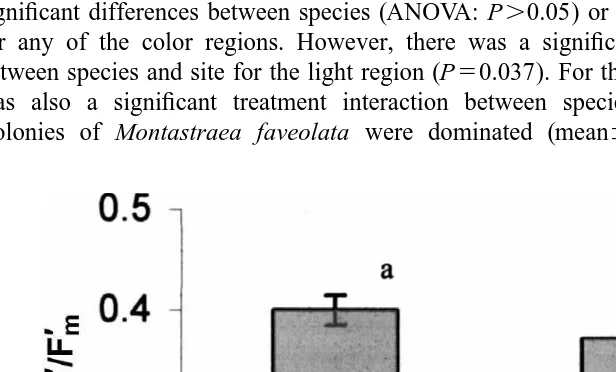Directory UMM :Data Elmu:jurnal:J-a:Journal of Experimental Marine Biology and Ecology:Vol252.Issue1.Sept2000:
Teks penuh
Gambar



Dokumen terkait
Efflux rates of DIN, phosphate and dissolved organic nitrogen (DON) from the sediments of the windward reef flat of Moku o Loe, the windward reef slope of Moku o Loe and the Bay
Modifications of (i) the volume of lysosomes, (ii) the thickness of the digestive epithelia, (iii) the proportion of basophilic cells, and (iv) the size of digestive diverticula
The Antarctic nudibranch Bathydoris hodgsoni Eliot, 1907 contains hodgsonal, a compound only present in the external body (mantle tissues), which may protect the slugs from
We will show that adults produced in the laboratory from V cysts do indeed exhibit greater resistance to high temperatures compared to those cultured from SF cysts and,
These results show that juvenile hormone increases mictic female production under optimum and sub-optimum food levels, whereas 5-HT increases both mictic female production at low
In the present experiment, the cell volume in the UV-B-exposed algal cells decreased by the end of the dark period (Fig. 2B), but increased immediately when the light was switched
Individuals were monitored throughout their life cycle and eleven life-history traits recorded for each species: (1) Number of reproductive females; (2) Female pre-reproductive
The two-factor nMDS plot of centroids for each stick (calculated from the principal coordinates of Bray–Curtis dissimilarities) indicated that multivariate differences in the